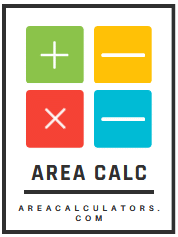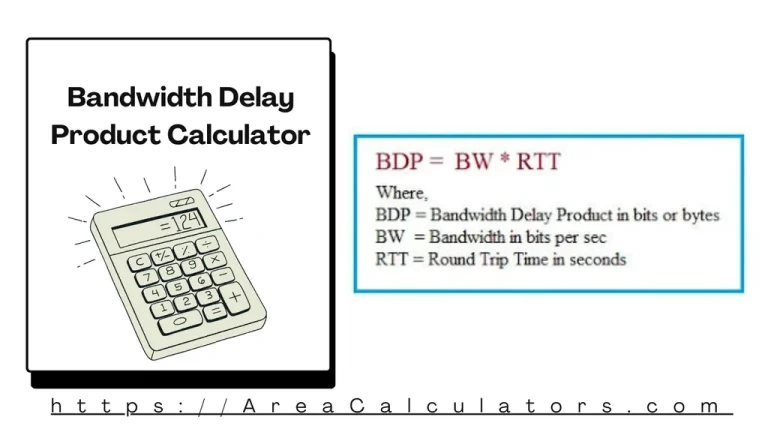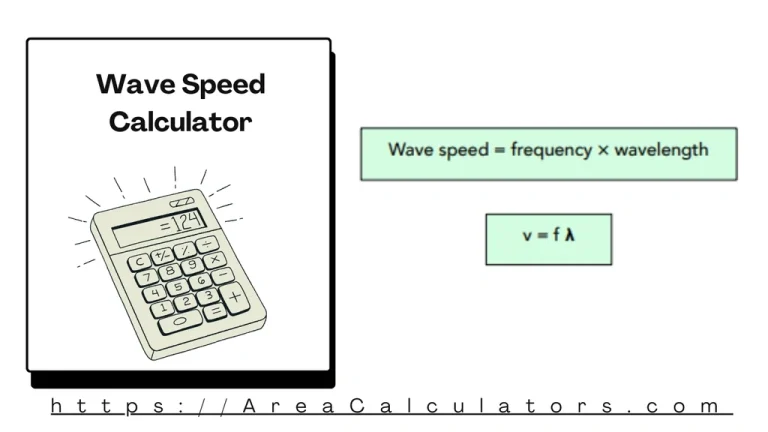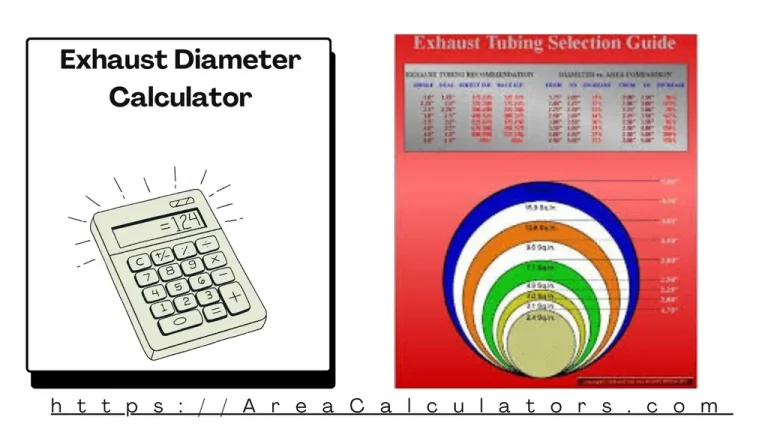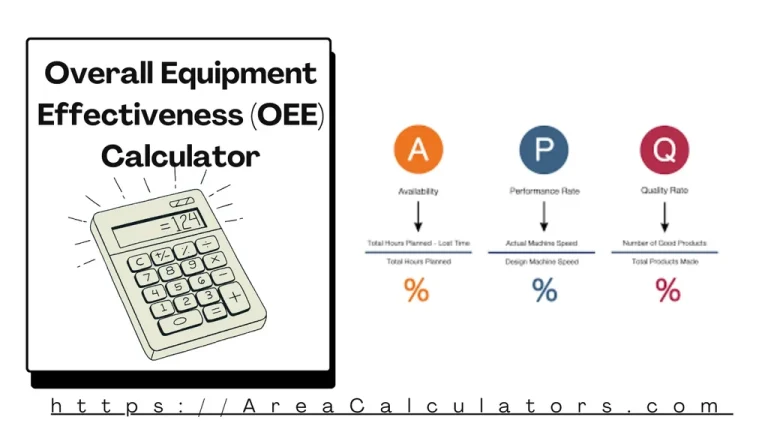Nanometers ↔ Joules Calculator
This calculation uses the relationship between a photon’s energy, its wavelength in nanometers, and constants like Planck’s constant and the speed of light.
The Nanometers ↔ Joules Calculator is used to determine the energy of a photon based on its wavelength in nanometers. This is particularly useful in physics and chemistry, especially when analyzing light’s energy in spectroscopy or quantum mechanics.
Formula:
| Variable | Description | Units |
|---|---|---|
| Energy | Joules (J) | |
| Planck’s constant | Joules·seconds (J·s) | |
| Speed of light | Meters/second (m/s) | |
| Wavelength | Nanometers (nm) |
Solved Calculations:
Example 1:
Convert to energy :
| Step | Calculation | Result |
|---|---|---|
| Planck’s constant | ||
| Speed of light | ||
| Wavelength | ||
| Energy |
Example 2:
Convert :
| Step | Calculation | Result |
|---|---|---|
| Planck’s constant | ||
| Speed of light | ||
| Wavelength | ||
| Energy |
What is the Nanometers ↔ Joules ?
The Nanometers ↔ Joules Calculator is a practical tool which is designed to convert energy between nanometers (nm) and joules (J) based on the relationship between wavelength and energy in the electromagnetic spectrum.
This conversion is essential in physics, chemistry, and engineering fields for analyzing light properties, calculating photon energy, and understanding wave-particle duality.
By inputting the wavelength in nanometers, the calculator applies Planck’s equation , where is Planck’s constant, is the speed of light, and is the wavelength, to compute the corresponding energy in joules. This is particularly useful for determining photon energies in spectroscopy, quantum mechanics, and laser technology.
This tool eliminates the need for manual calculations, reducing errors and providing quick and precise results. Its straightforward interface ensures accessibility for students, researchers, and professionals alike.
Final Words:
In summary, the Nanometers ↔ Joules Calculator is an indispensable resource which empowers users to seamlessly convert between nanometers and joules, enhancing efficiency and accuracy in scientific computations.
